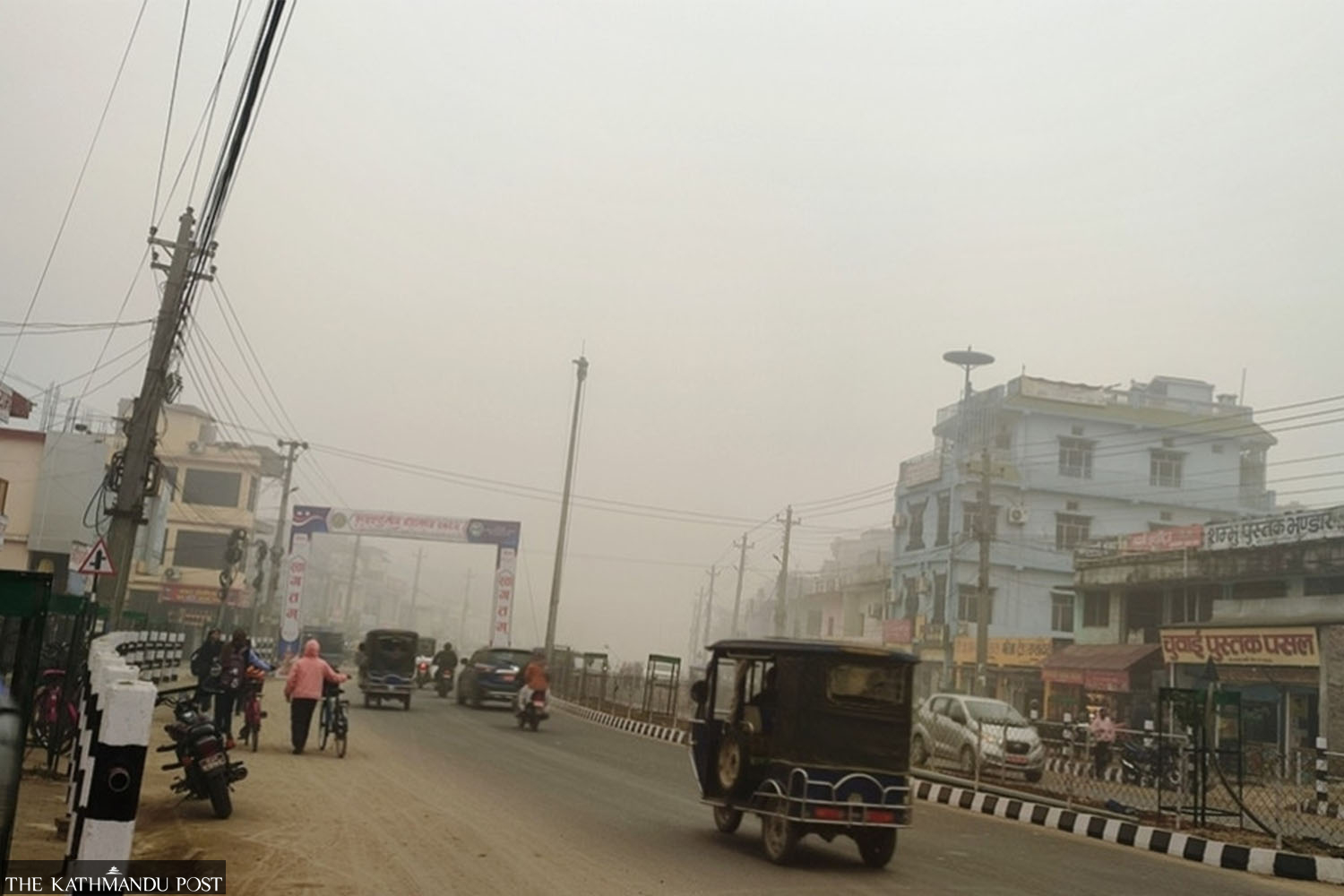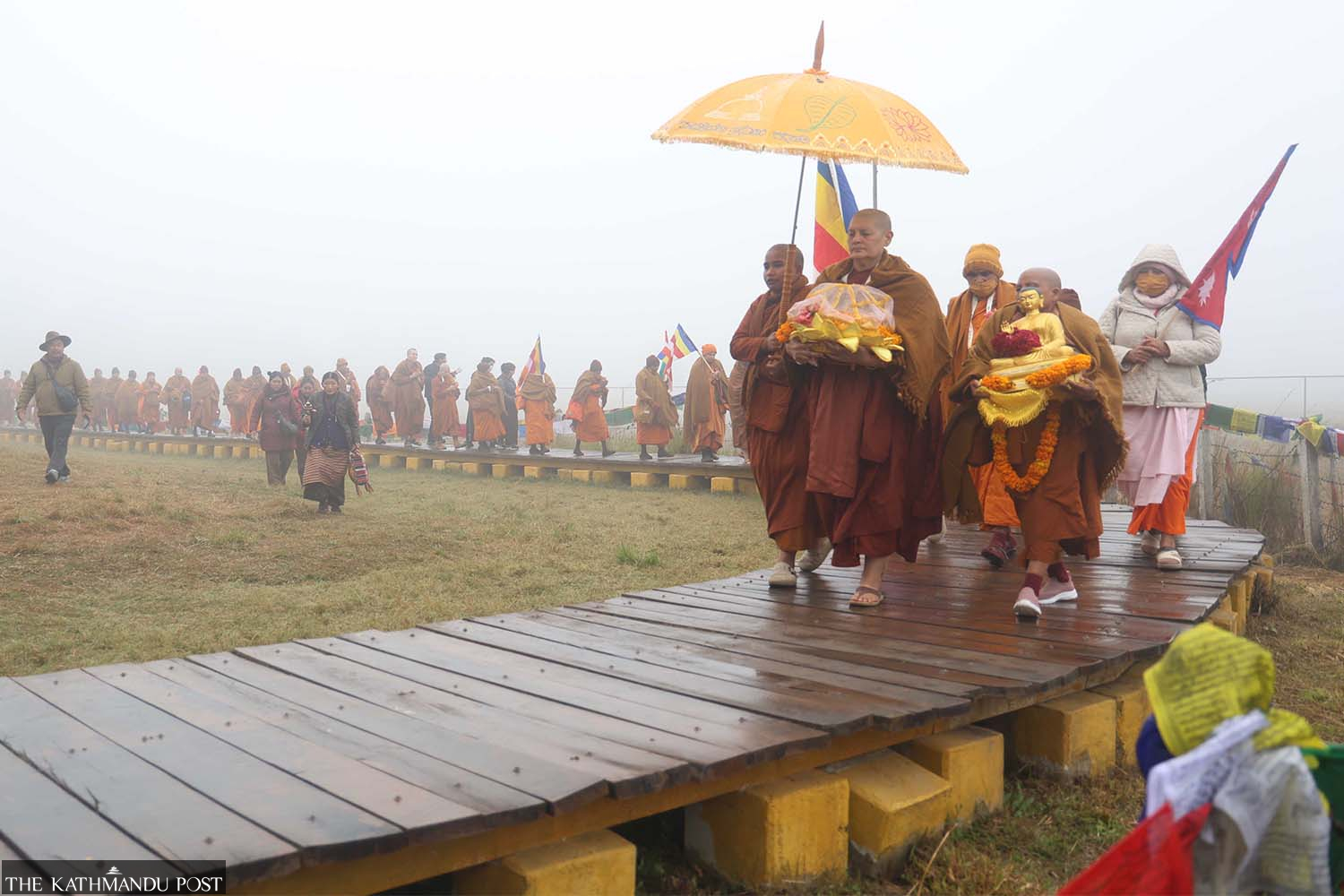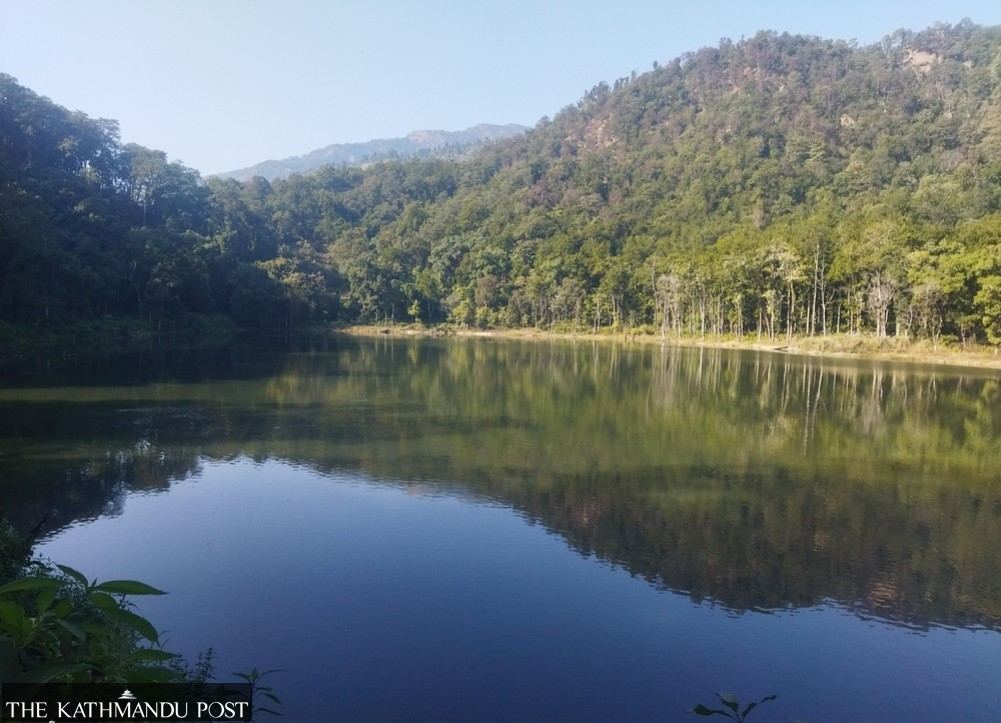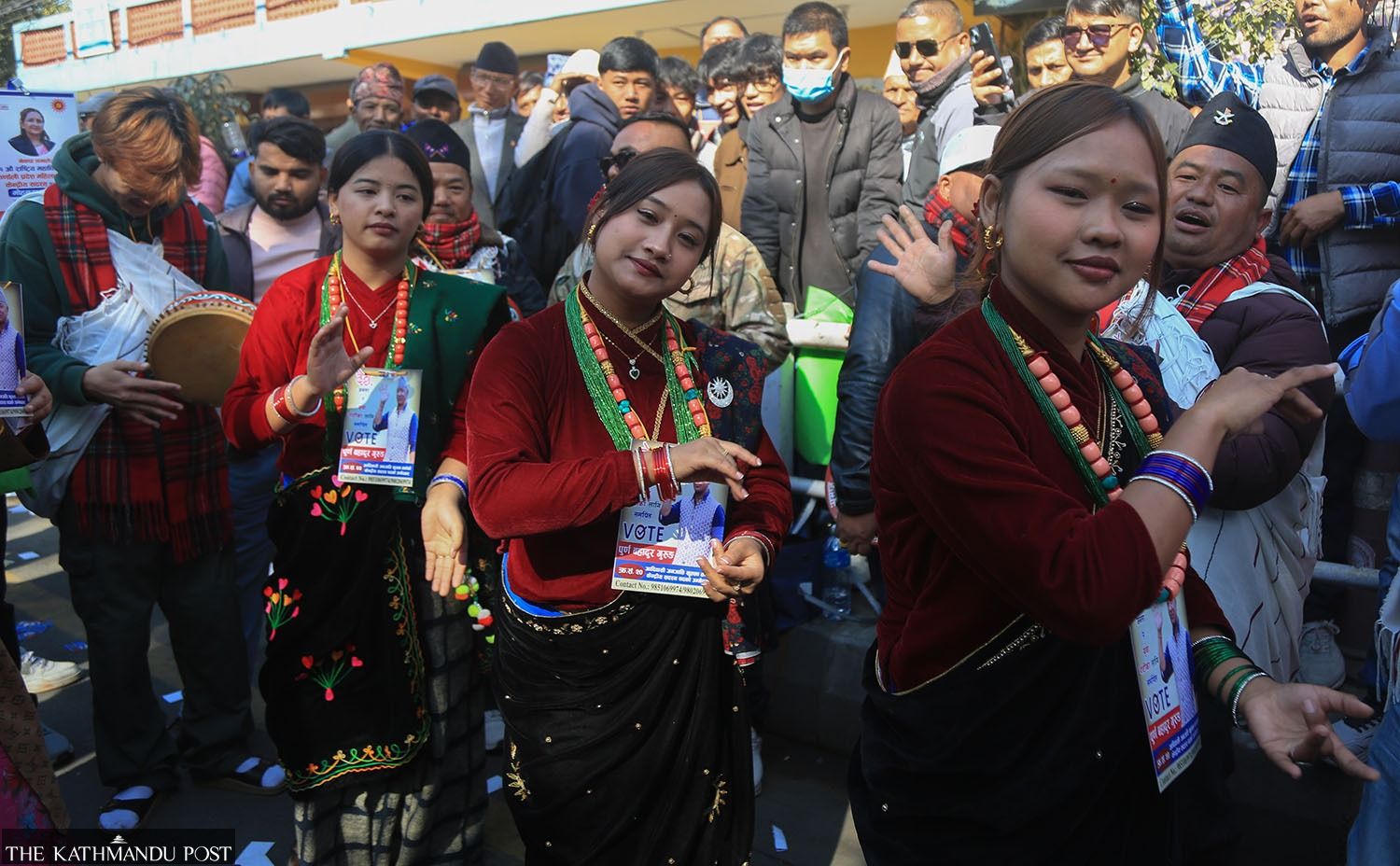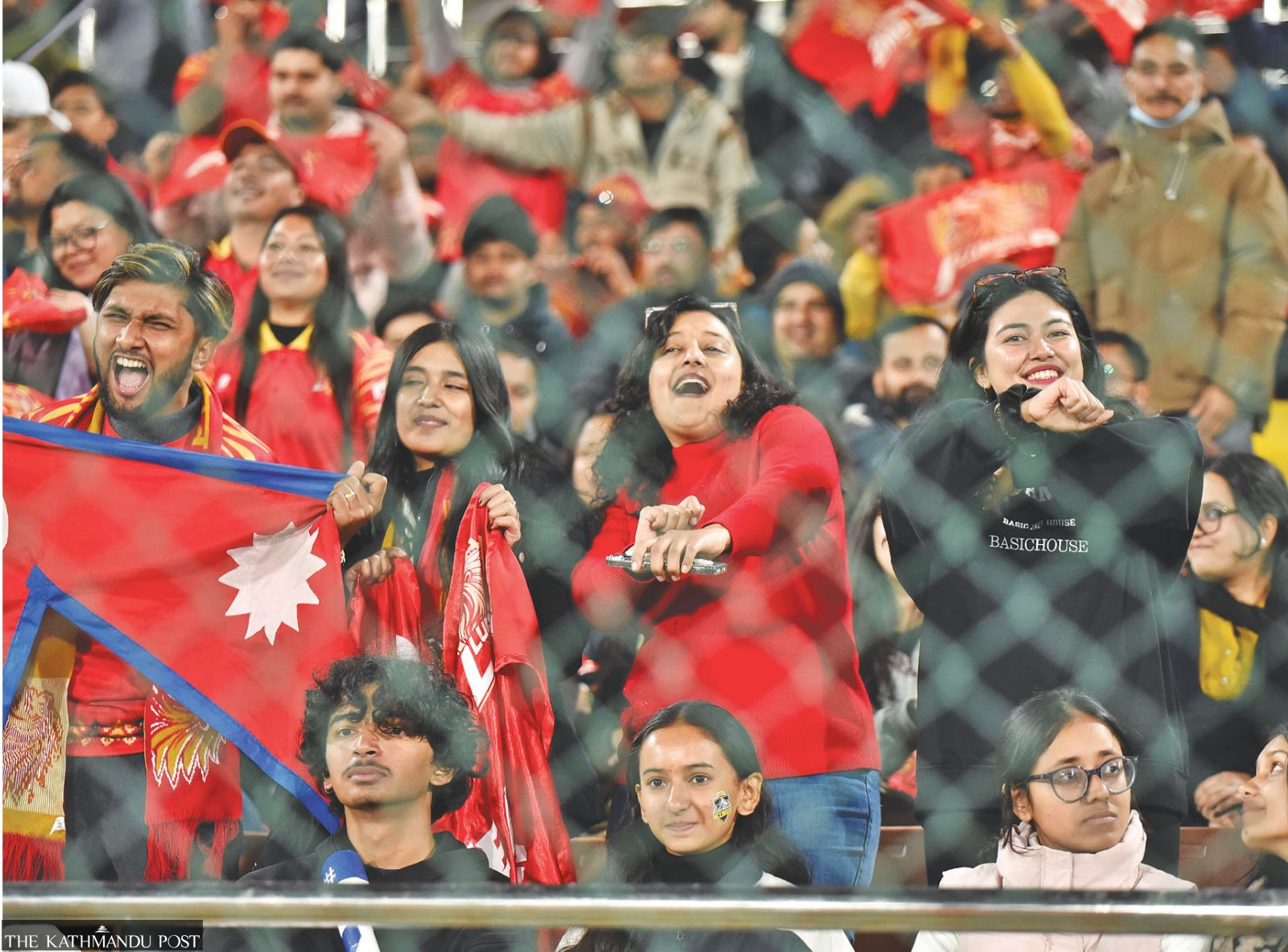Visual Stories
These 16 photos of Indra Jatra will transport you to another era
Experience old Kathmandu in a trance of revere, music and feast.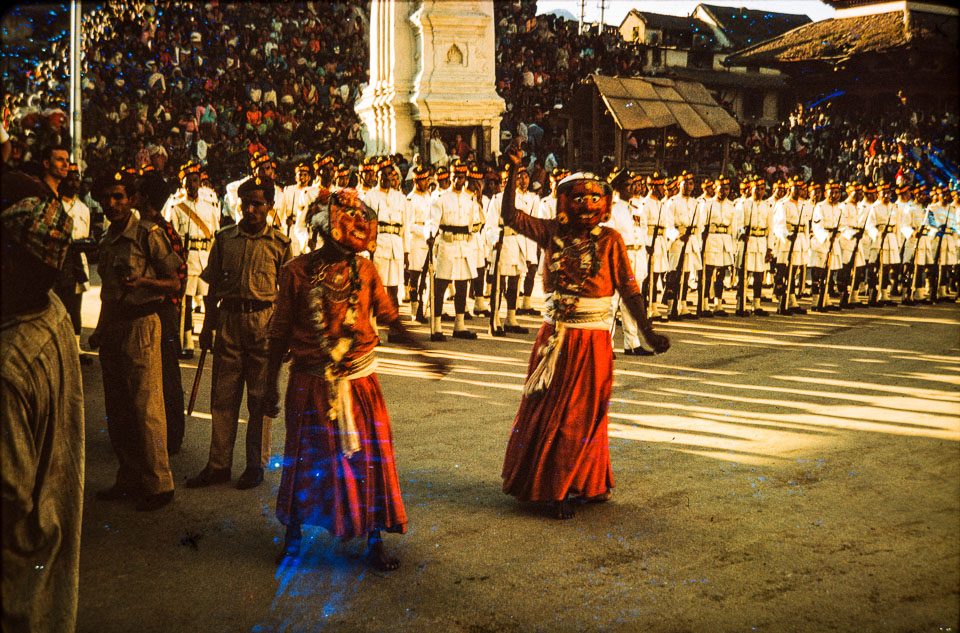
Post Report
From the open fields of Kathmandu to the unpaved streets in Pokhara, this photo essay series will take our readers to a more organic period in the country’s history. In the next few months, the series, based on photographs from Nepal Photo History Project, will transport you to towns and villages across the country while they were still decades away from the modern world the photographers who captured these images hailed from.
Like most processions in the Kathmandu Valley, Indra Jatra also has a story.
At the beginning of autumn every year, an effigy of Lord Indra is placed on a high platform in front of Akash Bhairab, or Aju Dya, in the local tongue. As the legend goes, Lord Indra was put on trial after stealing the Parijat flower from the garden of the king of Kathmandu. So, every year, the natives re-enact the trial. The junction where Aju Dya remains, Indra Chowk, is named from this very legend.
Locally, Indra Jatra is called Yenya—‘ye’ meaning Kathmandu and ‘ya’ meaning festival in Nepal Bhasa. During the eight-day-long festival, everyone from Kumari, the living goddess, to Dangi, mother of Lord Indra, to Majipa Lakhey, the protector of children of Majipat, the local neighbourhood, everyone makes their annual appearance in the streets of Kathmandu.
This centuries-old vibrant festival follows a disciplined and organised ritual: each divine entity has a specific time and route they follow throughout the eight days, while different guthis within the Newar community are responsible for the execution.
Here are some classic photographs, taken by Peace Corp volunteers during the 1960s, of the celebration of Indra Jatra.

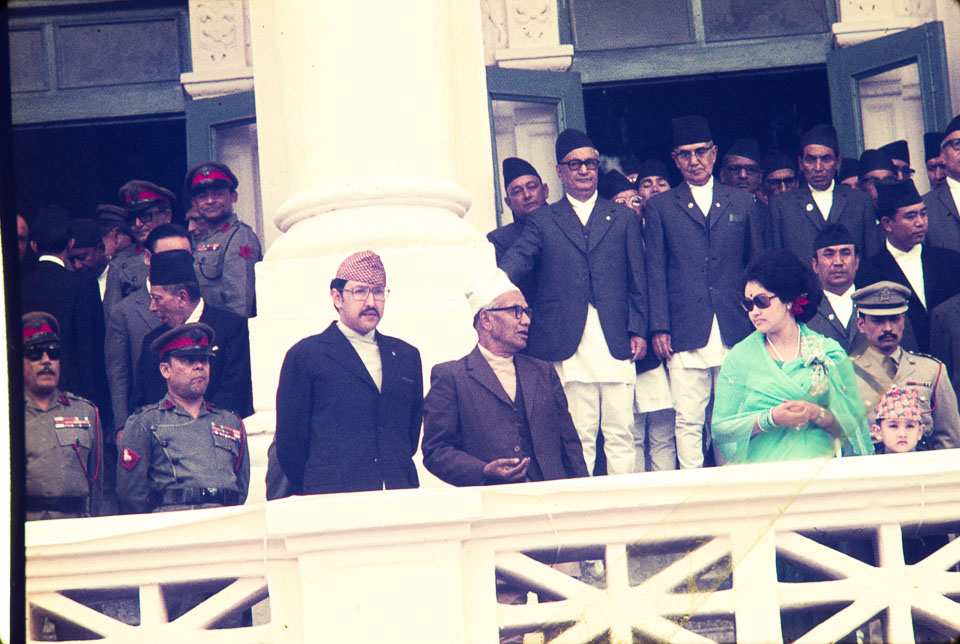
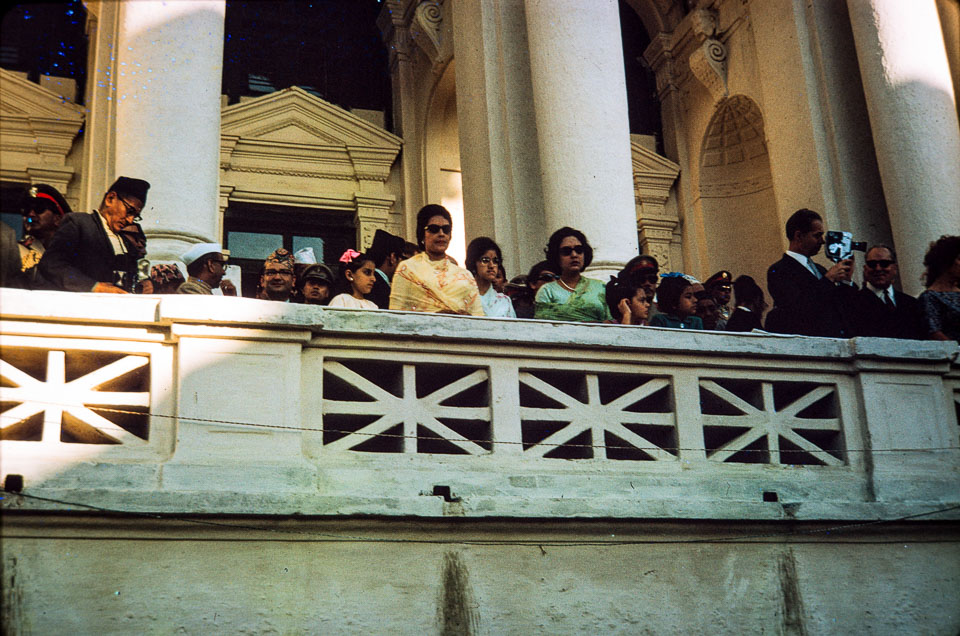
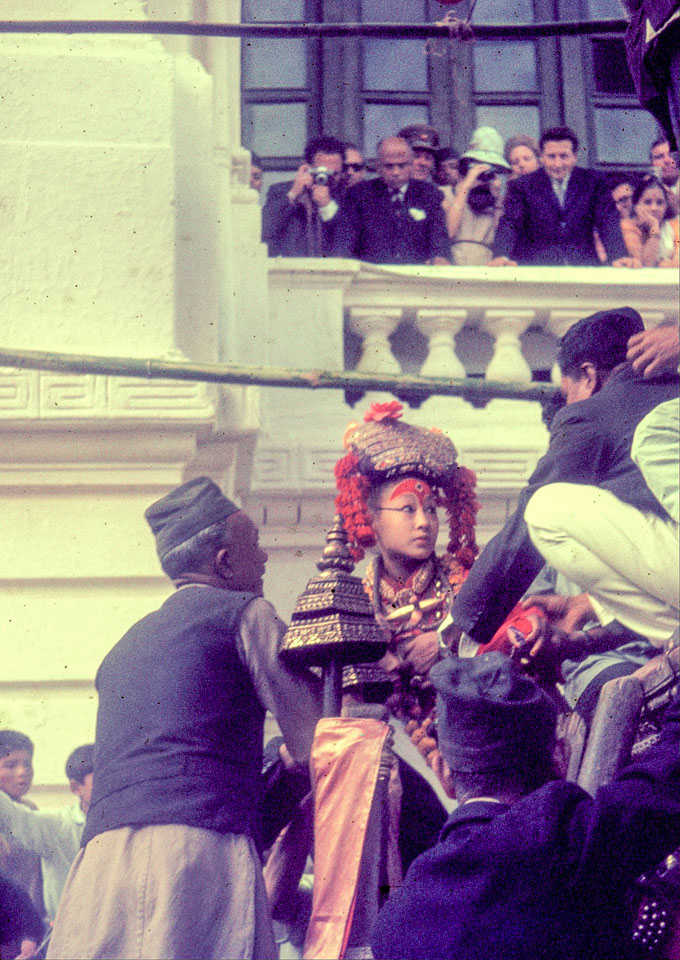

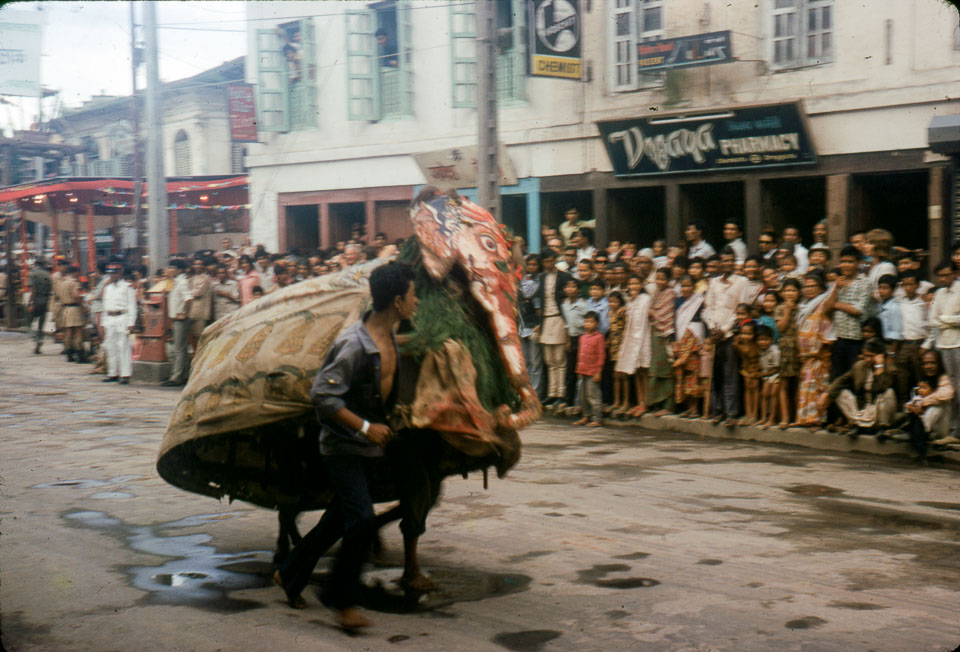
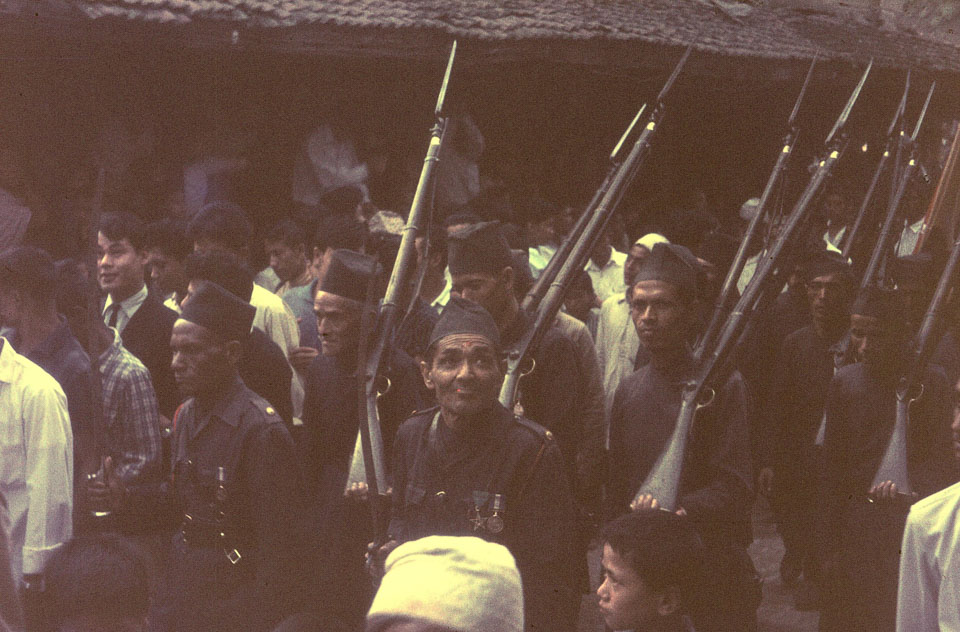
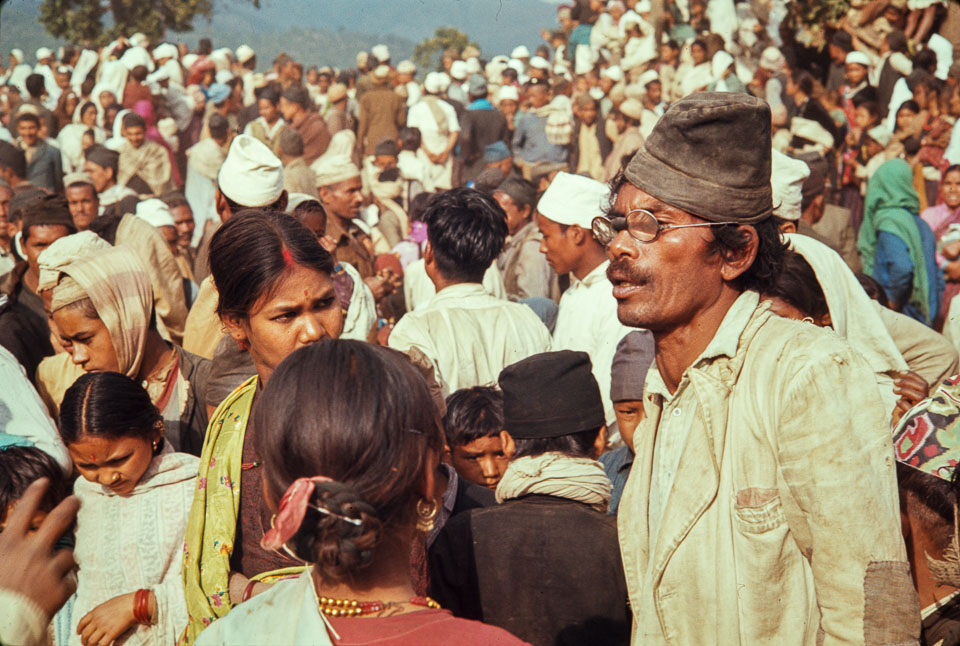
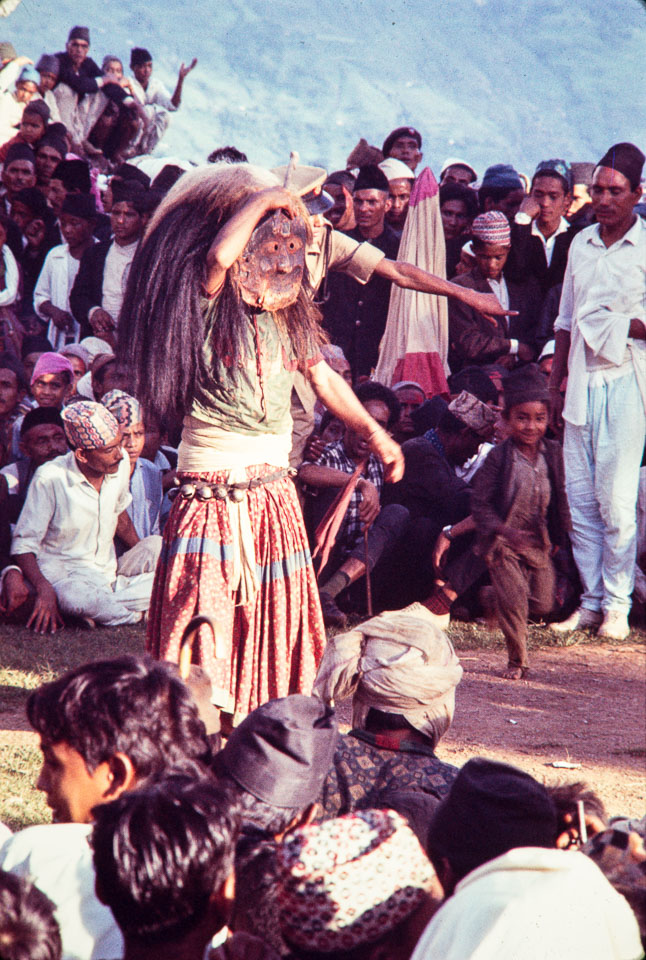


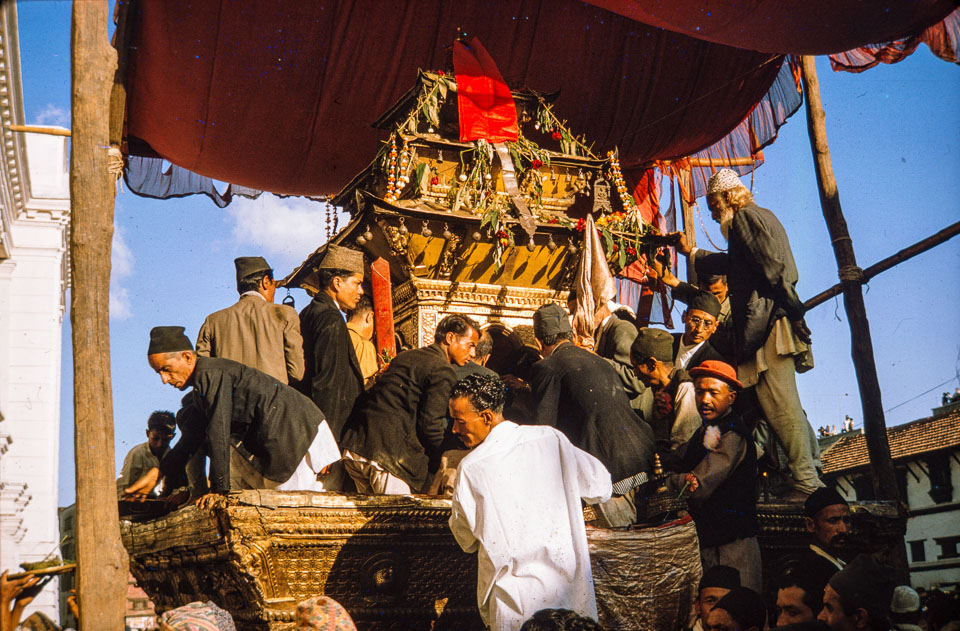

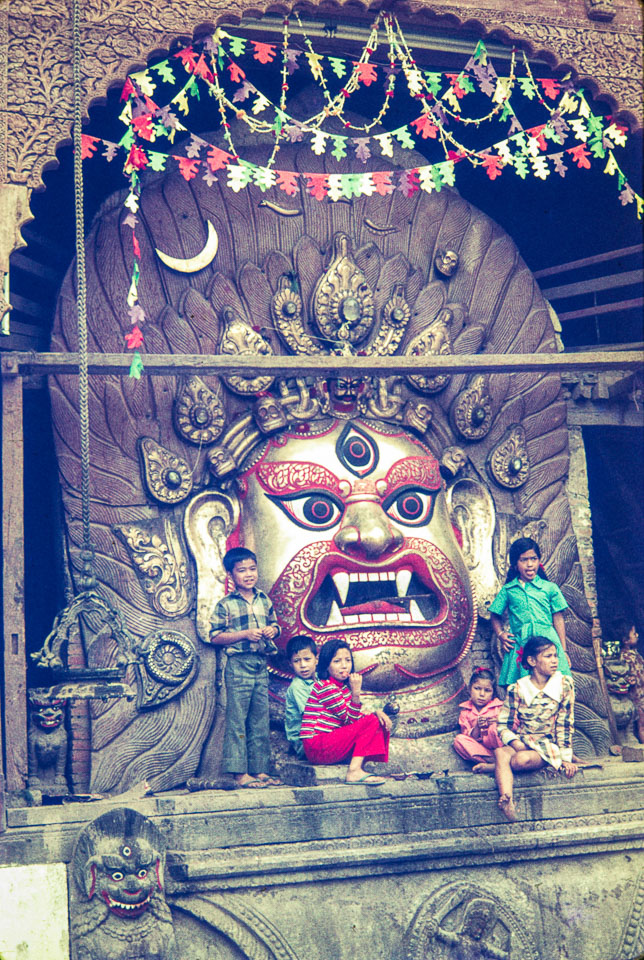





 7.12°C Kathmandu
7.12°C Kathmandu
